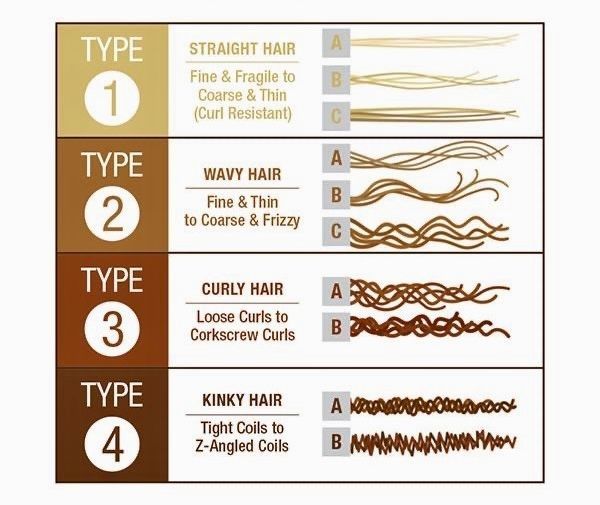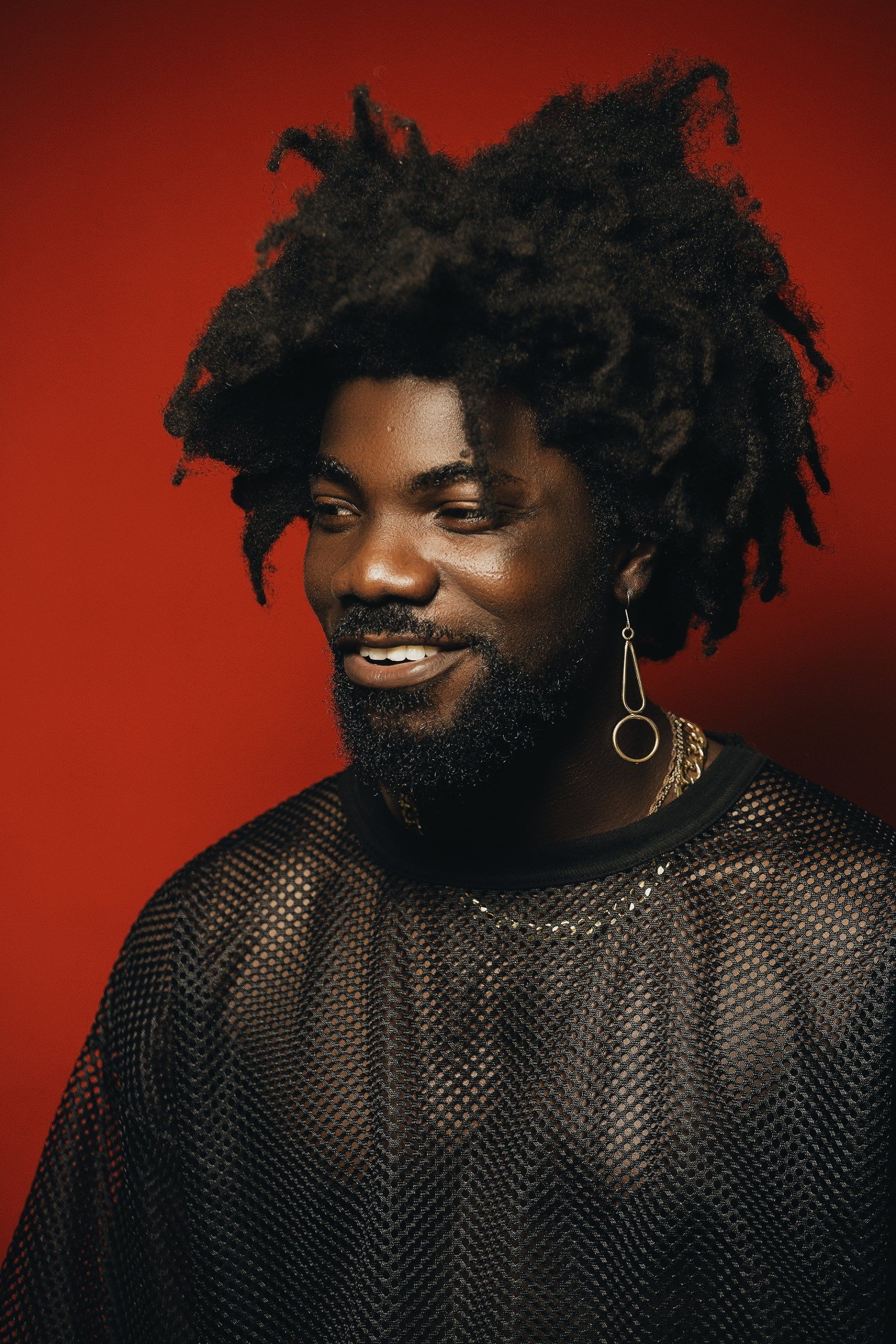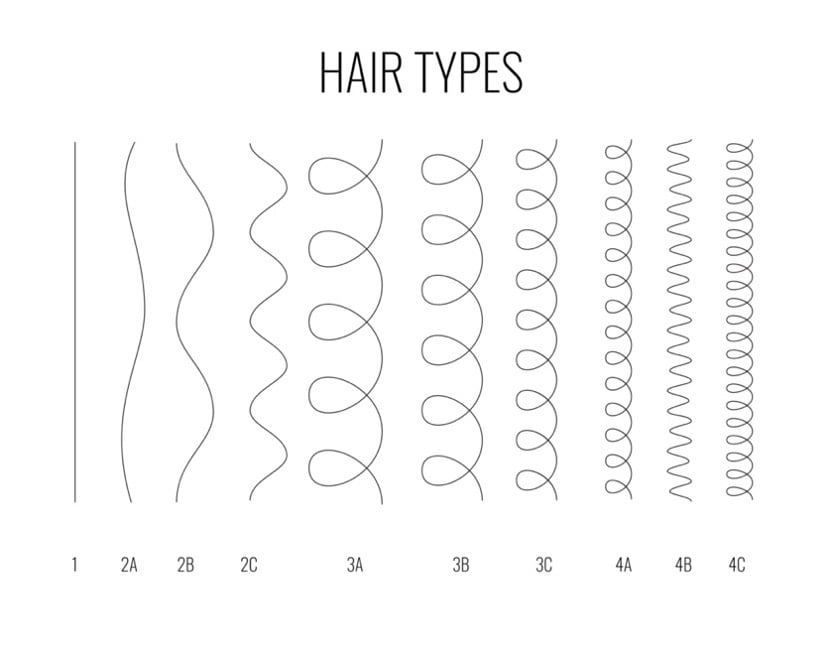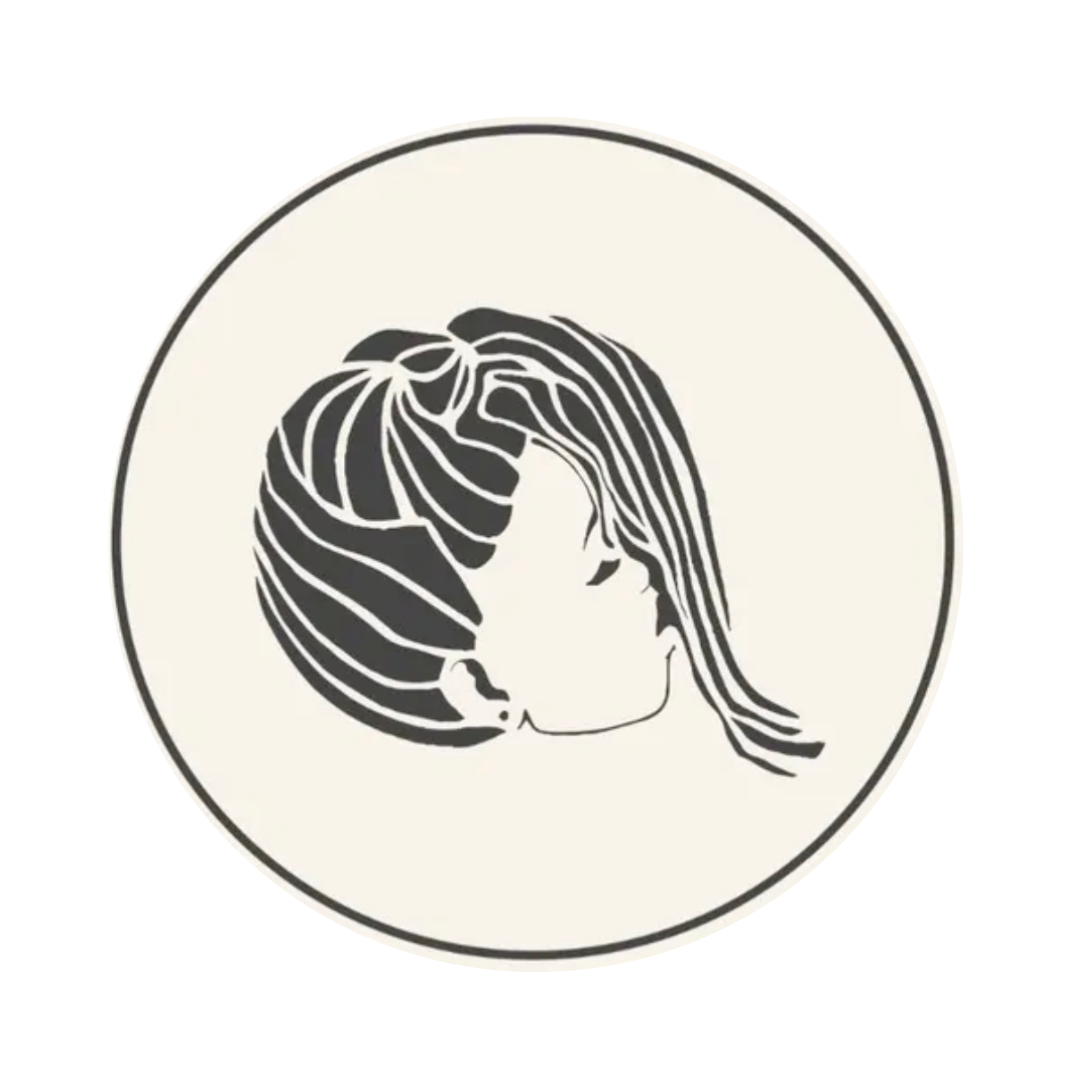What is my hair type?
The different hair types
Hair types range from type 1 to type 4 and are classified based on the curl patterns and textures.
In the photo above and below you can clearly see the difference.
Type 1 hair is straight, generally thinner hair and has no curl. Each type is divided into 3 parts, where A is thin, B slightly thicker and C the thickest.
Type 2 is wavy, has light waves and a bit more thickness.
Type 3 hair has tighter curls, in a spiral shape and type 4 hair is thick, stiffer and has frizzy curls, also called coils. Each hair type requires different care techniques and products to maintain the hair's natural beauty and health. It's important to understand what hair type you have so you can choose the right treatment from our menu when it comes to creating and/or touching up your locs. Your hair type also plays an important role in this. We can also give you the right advice for each hair type when caring for your hair
Read more about the locomotive methods here at the bottom of the page
per hair type

Our Loc methods per hair type
There are different techniques to start your locomotives. Some techniques work best on certain hair types, while others may not work at all. Here we explain which techniques work for which hair type; from fine hair and curly hair to kinky hair, and what the best options are to start your loc journey.
What to think about before you start
Before you start, it's important for all hair types to consider a few important details:
1. Finding the best technique for your hair type and considering your lifestyle and expectations.
2. Do you go for a slow start and let the process take its course or do you go for instant locs
3. Also think about your work life, what image you want for your job (if that is important to you) and how active you are in caring for your locs
Hair type 1 & 2:
Locs start with fine hair and/or straight to wavy hair
Crochet hook method: Also called crochet method. If you have fine hair but want your hair to be frizz-free, i.e. not to look too 'wild', you can opt for the crochet hook technique to start your locs. Your hair is loc'd with a crochet hook, hair by hair, the hair is woven together by hand. You can use this method to start your locomotives and to maintain and repair your locomotives. It is the ideal method to get your locomotives tidy again.
Interlocking method: You can also opt for interlocking. This creates a woven look, a kind of knotting technique using a crochet hook with which you pull the dread through its own growth and secure it. Look at what the results might look like for fine hair with interlocking and decide if this is the right method for you
What to avoid for fine hair
'Two strand twists' are not recommended for finer hair and products such as wax (or other products that promise to hold your locs in place) should be avoided. These products will eventually cause build-up. Elastic bands or strings are also not a solution, they cut the fine hair and thus break the growth.
Use our own natural hair care products for optimal results in hair growth, both when setting and maintaining your locs.
Haartype 3A, 3B, 3C
Locs start with soft curly hair
This hair type can easily have multiple loc methods such as Crochet & interlocking.
You could also use the palm rolling method for maintenance with this hair type, depending on the strength of your curl.
Two strand twists can work for this hair type, but the ends may not stay together. You will need a curl at the end to keep it in place. If it doesn't stay put, you may want to use an elastic band, although this method is ideal without an elastic band. When styling your two strand twist, make sure you know which direction you, or your loc specialist, are twisting. You must be determined to twist your locs in this direction every time it is time for a retwist. Otherwise you will twist against the grain and your locs will loosen. Make sure you understand the journey of this locomotive technique. The two strand twists will remain in that form until your hair evolves and locks and then, eventually, you will no longer be able to notice the two strand twist. That's something to keep in mind.
Hair type 4A, 4B, 4C:
Starting locs with kinky hair
Comb twist is a great technique for starting locs for this hair type, but it does require a lot of patience. It is the most traditional technique for starting locs. There are so many ways to start your locs, but each involves a different length of time to achieve the look you want. Before you start styling your locs, you'll want to figure out how big or small you want them.
Two-strand twist: If you choose to start with the two-strand twist method, make sure you twist along the line, always in the same direction you started your locs.
Interlocking is a great way to get your locs faster if you don't have much patience. This method will tangle your hair faster. It's almost like you're tricking your hair into staying in place. Interlocking won't get tangled, it stays styled. If you want your hair to be bouncier and more structured, interlocking is a good option for you, it gives you a strong loc look.
Crochet hook method/Crochet: The hair is first divided into sections and twisted, then crocheted with the crochet hook and then interlocked, so that the locs stay nicely in place. This method is most often applied to the start of locs with hair type 4. It is, as they call, an instant-loc way
What we recommend for all hair types:
Use the 100% natural hair products from Irie Dreads for optimal care of your scalp and locs!



